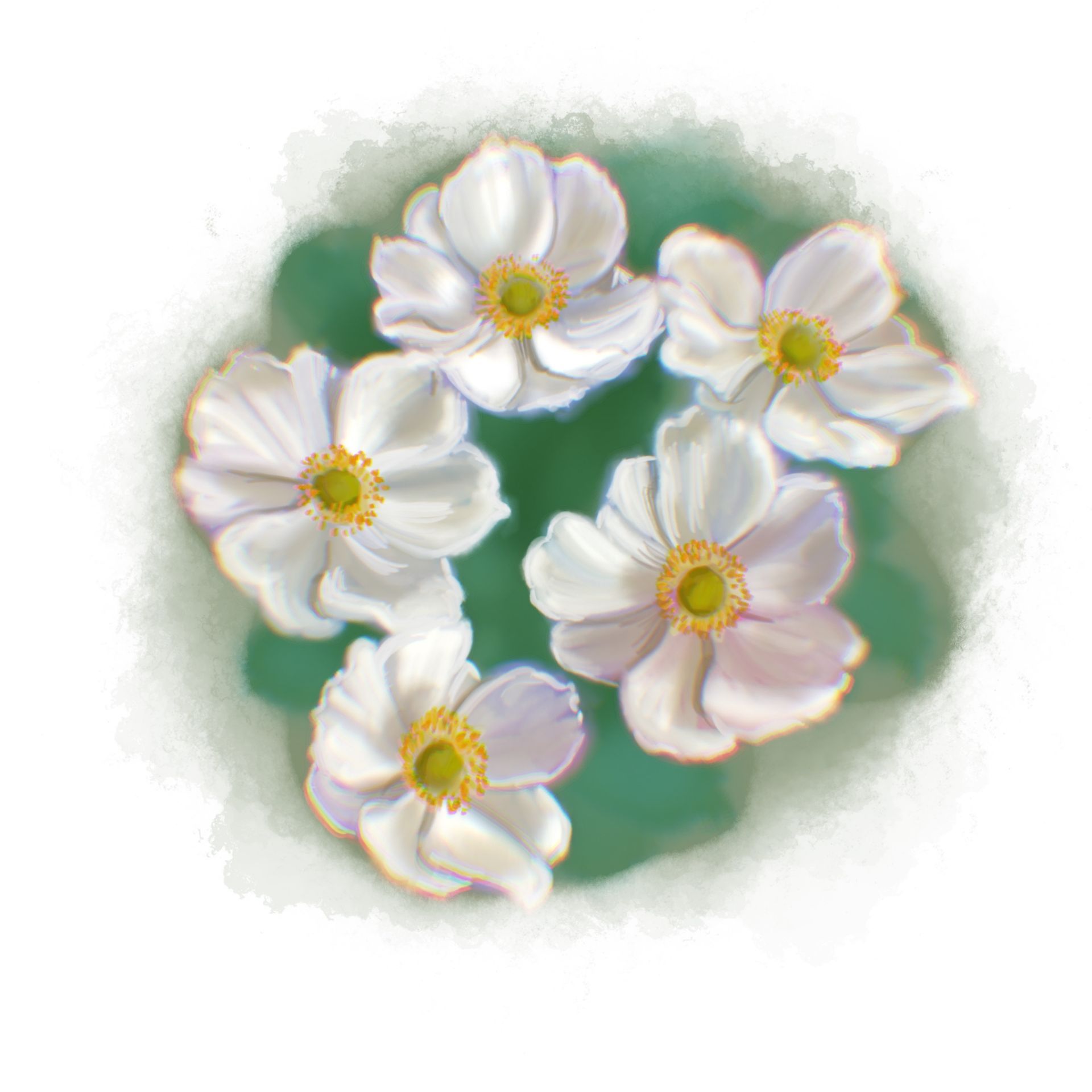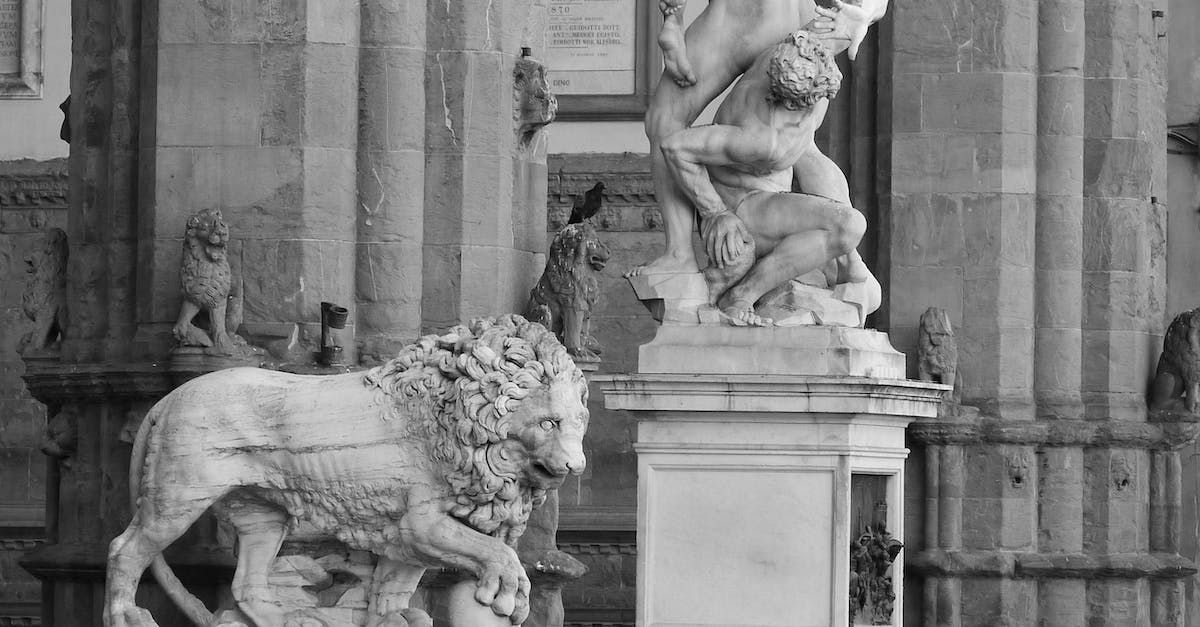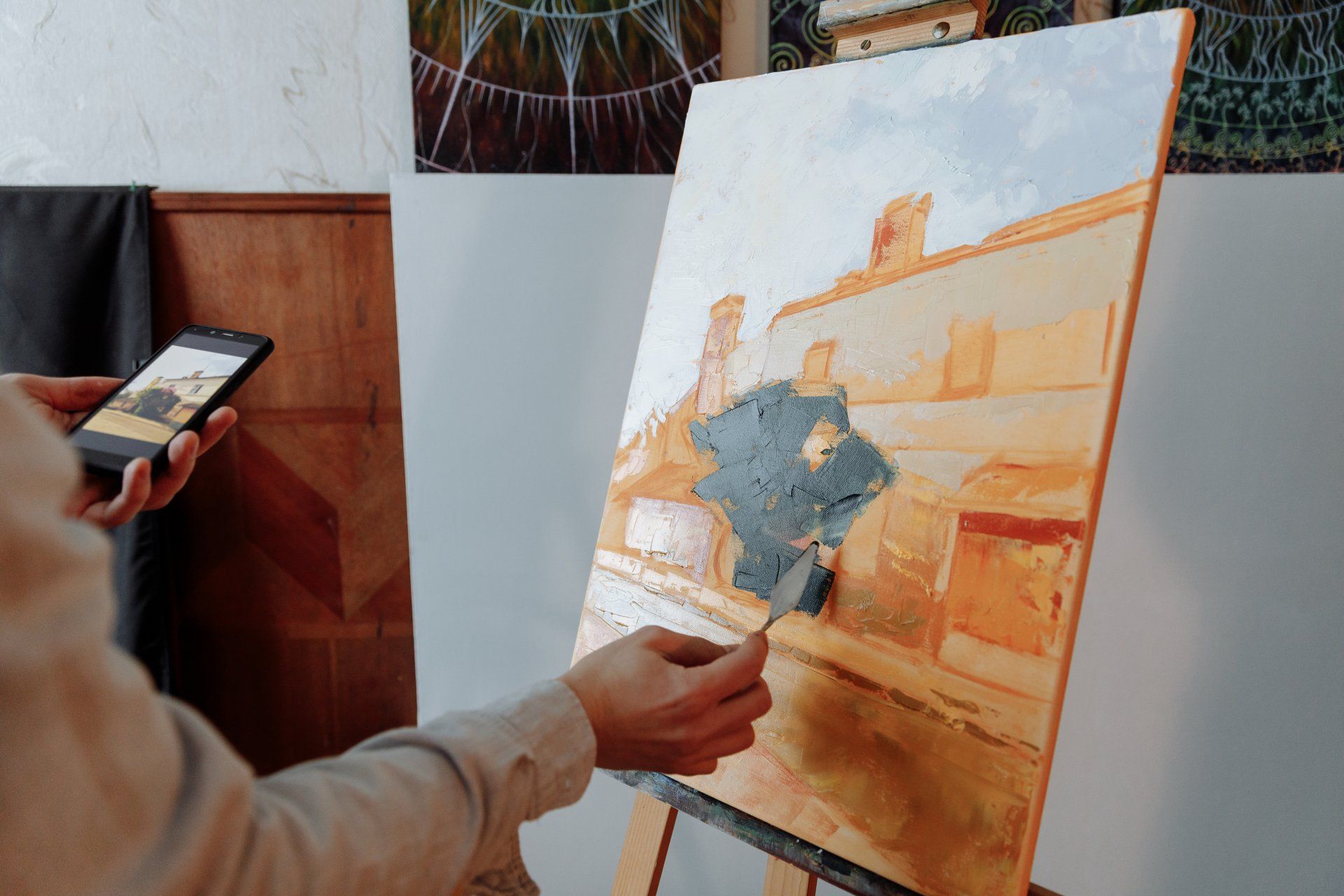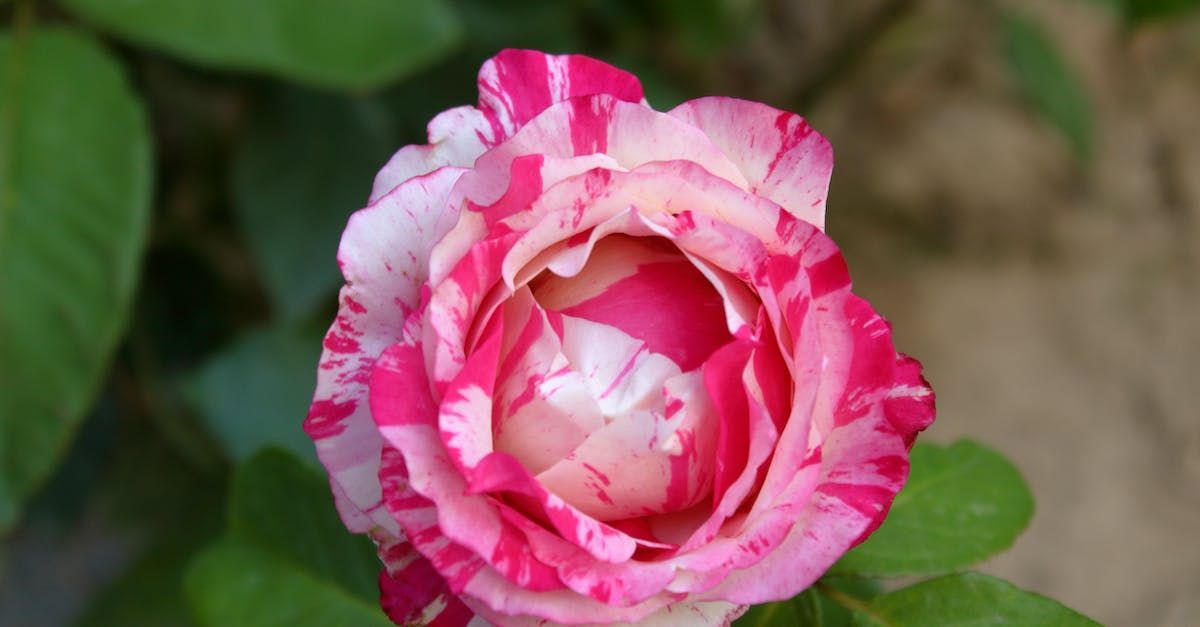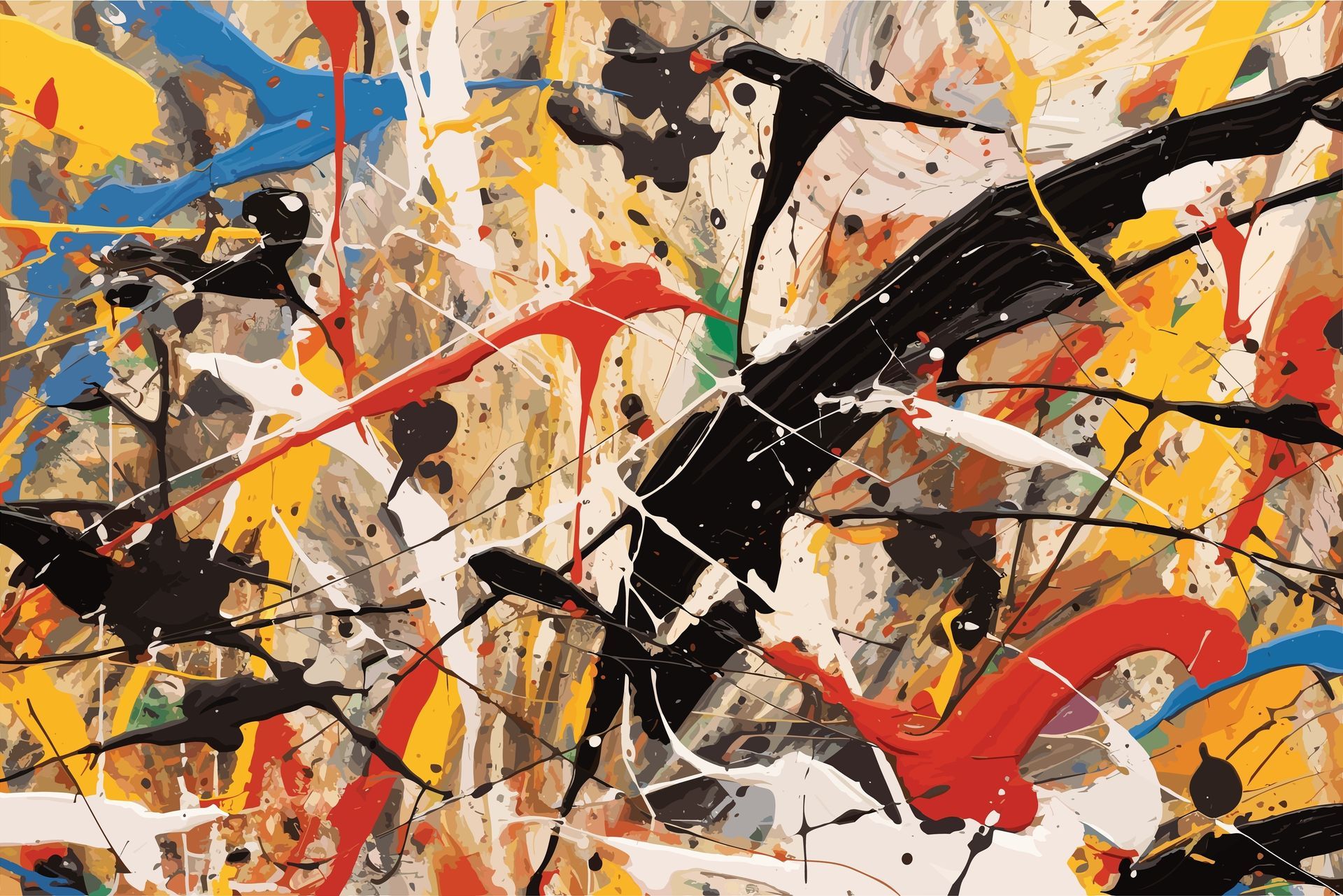The Real Greek Sculptures
Original Paint on Greek Sculptures
Marble and bronze sculpture is usually what comes to mind when we think about Greek art. The reason for this lies in the fact that works made from durable stone were among the only art that was able to stand the test of time. We are able to marvel at the sculptures, architecture, and vases we've been able to preserve, but the Greeks obviously practiced more forms of art than those made out of stone.
Greek artists also loved to paint! Greek paintings were typically created on wood panels or walls that were later destroyed by environmental factors.
What many don’t realize is that many of the spotless white, brown, and black sculptures were once painted in vibrant colors as well. We know through the use of modern technology that Greek sculptors used bright colors, ivory, and gold to add beauty to the shapes they brought to life.
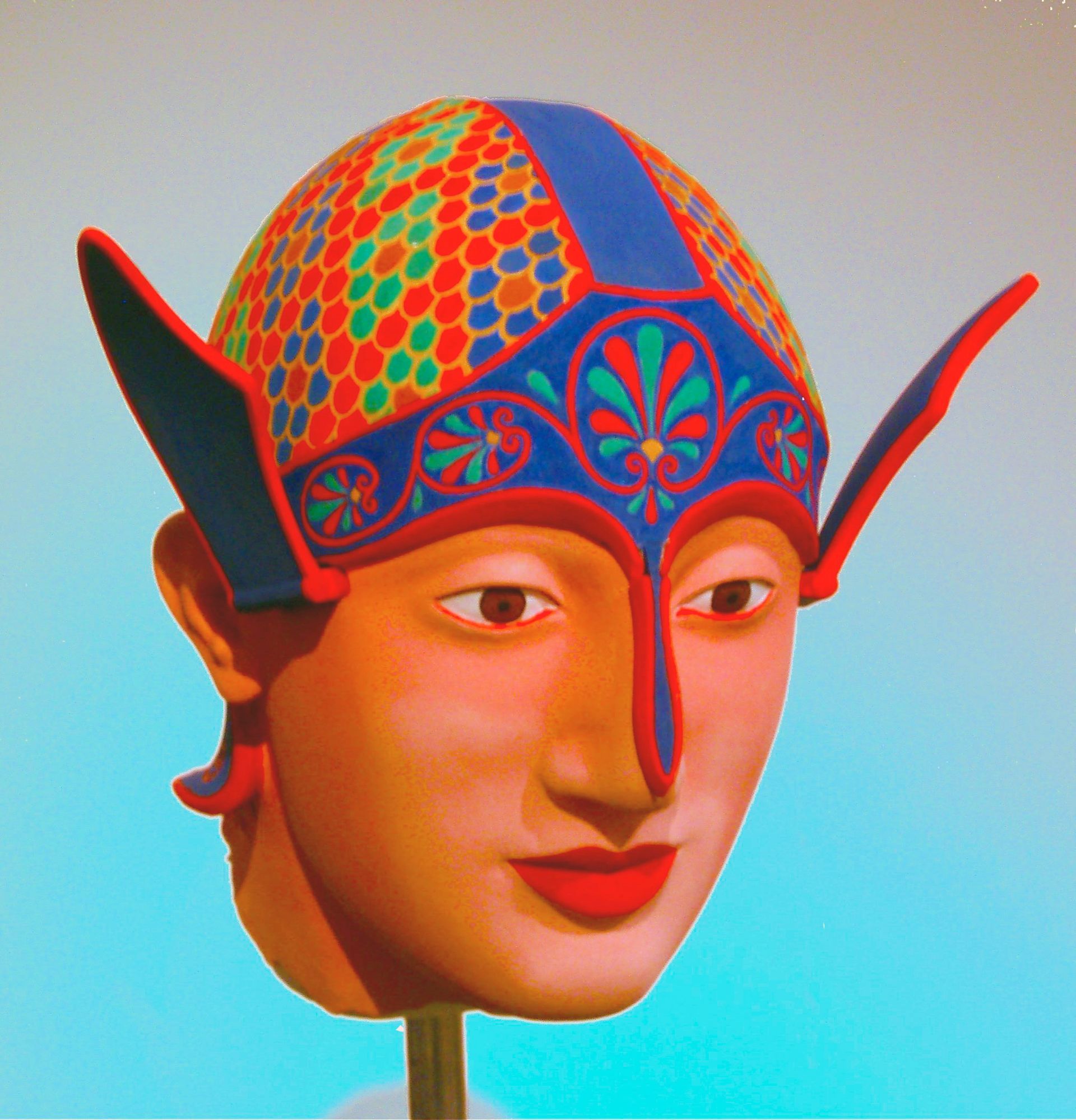
NAMABG-Painted Greek Warrior Head. Reconstruction of polychromic decoration on the head of a Greek warrior from the Temple of Athena Aphaia to Aegina. Around 490 BC. AD Exhibition "Bunte Götter" in the version shown in Athens. Study: Vinzenz Brinkmann. Restoration of the marble copy: Gabriela Tobin. Painting: Sylvia Kellner. Original: Glyptothèque Munich. Link
How technology reveals long-lost colors on Greek sculpture
Despite years of environmental damage, tiny flecks of paint and other materials that are invisible to the naked eye can be detected on Greek sculptures using techniques like multifaceted imaging and x-ray fluorescence.
With the help of this technology, we are able to get further insight into the meanings of the artwork in its complete form, expanding our knowledge of Greek culture. We can notice and take meaning from patterns like gods and nobility depicted with blonde hair, warriors with brown hair and skin, and youthful women with white skin and makeup.
Greek sculptures were originally painted with a variety of pigments and minerals in order to create a vibrant and lifelike appearance. The Greeks used pigments derived from plants, minerals, and shells to create a range of colors. Red, yellow, brown, and black were the most commonly used colors.
These paints were applied in a variety of ways, from using a brush or sponge to using a metal tool. The paints used on Greek sculptures were often mixed with a variety of other materials, such as wax, pitch, or even a type of glue. This mixture would help the paint adhere to the sculpture and create a more durable finish. In addition, the Greeks often used a technique known as encaustic painting, which involved melting the pigments to create a more even and consistent coating.
The paints used by the Greeks were often brightly colored and often depicted the gods or goddesses of Greek mythology. For example, many sculptures depict the god Apollo with a bright yellow pigment, while the goddess Athena was often depicted with a bright blue pigment. In addition to this, many sculptures were also decorated with gold, silver, and bronze.
Greek sculptures were often decorated with intricate details and patterns, which were created by a technique known as "polychromy." This technique involved creating a range of colors by combining multiple pigments and minerals. Unfortunately, due to the passage of time, many of the paints used on Greek sculptures have faded or been lost. However, the few remaining examples of painted Greek sculptures provide a glimpse into the vibrant world of ancient Greek art.

Painted reconstructions of the sculptures from the West Pediment of the Temple of Aphaea on Aegina, original statues from Aegina (Greece), c. 500 490 BC or after 480 BC, Glyptothek Munich. Link
Restoration of original artwork through replicas
Thanks to the work of expert restorers, we can now enjoy the re-creation of Greek sculptures to reflect their original colorful paint. After drawing up a reliable blueprint of the original sculpture, restorers use special tools including high-intensity lamps, ultraviolet light, plaster casts, and powdered minerals to show us what the sculptor really had in mind for the finished product.




